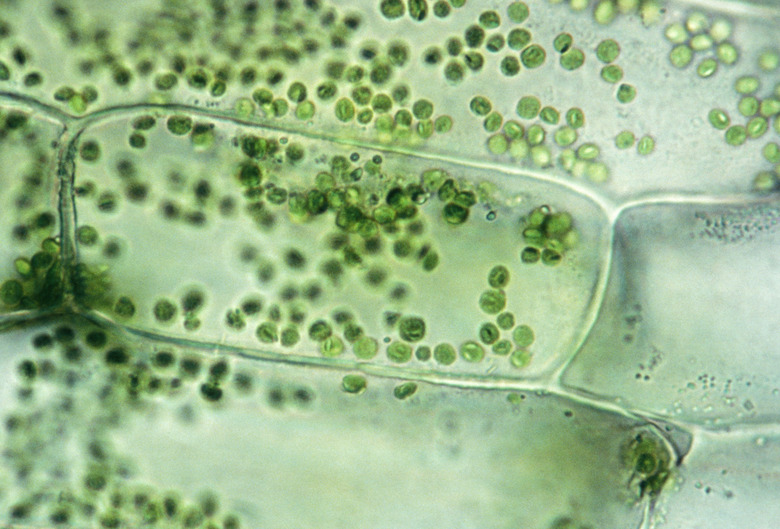What Packages Materials From The Endoplasmic Reticulum & Sends Them To Other Parts Of The Cell?
In a cell, which organelle packages and distributes proteins that are received from the endoplasmic reticulum? Good question. Among the many parts of a cell, the Golgi apparatus performs this job. It modifies and packages proteins and lipids made within the cell, and sends them out to where they are needed. The cell's endoplasmic reticulum (ER) generates biological raw materials, packaging them in membrane-enclosed bubbles called vesicles, for transport to the Golgi. These vesicles enter the Golgi through the side nearest the cell nucleus.
TL;DR (Too Long; Didn't Read)
The Golgi apparatus is the cellular "packaging plant" for specialized proteins and lipids in plant and animal cells.
Inside the Golgi
Inside the Golgi
If you look at the Golgi apparatus through an electron microscope, it looks a lot like a bunch of curled gummy worms, stacked side-by-side. The "gummy worms" are membrane-bound sacs called cisternae. Proteins and fats admitted into the Golgi move from one cisterna to the next to be modified by enzymes as needed to fill biochemical orders from the body. The types of modifications biochemical materials undergo in the Golgi depends on the function of the cell.
Churning out products
Churning out products
At one cisterna, sugars may be added or removed from proteins in a process called glycosylation. In other cisterna, phosphate groups (phosphorylation) or sulfate groups (sulfation) are added. The Golgi produces long chains of sugar carbohydrates called glycosaminoglycans that are used by the body to build bone, skin, tendons, corneas and connective tissue. The Golgi also contains enzymes that convert ceramide molecules made in the ER into sphingolipids, fat compounds that carry out diverse roles in regulating cell function and communication with other cells.
Leaving the Golgi
Leaving the Golgi
Proteins and lipids leave the Golgi in vesicles that are biochemically routed to their destinations. Digestive biochemicals go to the lysosomes to aid the break down of cellular debris. Sphingolipids move to the plasma membrane to aid chemical signaling to other cells. The Golgi also dispatches secretory vesicles bearing specialized contents for distribution outside the cell as needed. These vesicles fuse with the cell's plasma membrane to await a trigger that releases their contents. In pancreatic cells, for example, the Golgi prepares insulin to be released this way.
Impact of the Golgi
Impact of the Golgi
So how important is the Golgi to normal bodily function? Defects in the protein modification process within the Golgi can lead to congenital glycosylation disorders, some forms of muscular dystrophy and Parkinson's disease, and may play a role in diabetes and cystic fibrosis. Incorrect labeling of Golgi products can lead to disorders such as inclusion cell disease, in which Golgi chemicals intended for the lysosomes are instead dispatched to the cell surface.
Cite This Article
MLA
Contributor, . "What Packages Materials From The Endoplasmic Reticulum & Sends Them To Other Parts Of The Cell?" sciencing.com, https://www.sciencing.com/packages-materials-endoplasmic-reticulum-sends-other-parts-cell-39992/. 6 August 2018.
APA
Contributor, . (2018, August 6). What Packages Materials From The Endoplasmic Reticulum & Sends Them To Other Parts Of The Cell?. sciencing.com. Retrieved from https://www.sciencing.com/packages-materials-endoplasmic-reticulum-sends-other-parts-cell-39992/
Chicago
Contributor, . What Packages Materials From The Endoplasmic Reticulum & Sends Them To Other Parts Of The Cell? last modified March 24, 2022. https://www.sciencing.com/packages-materials-endoplasmic-reticulum-sends-other-parts-cell-39992/
